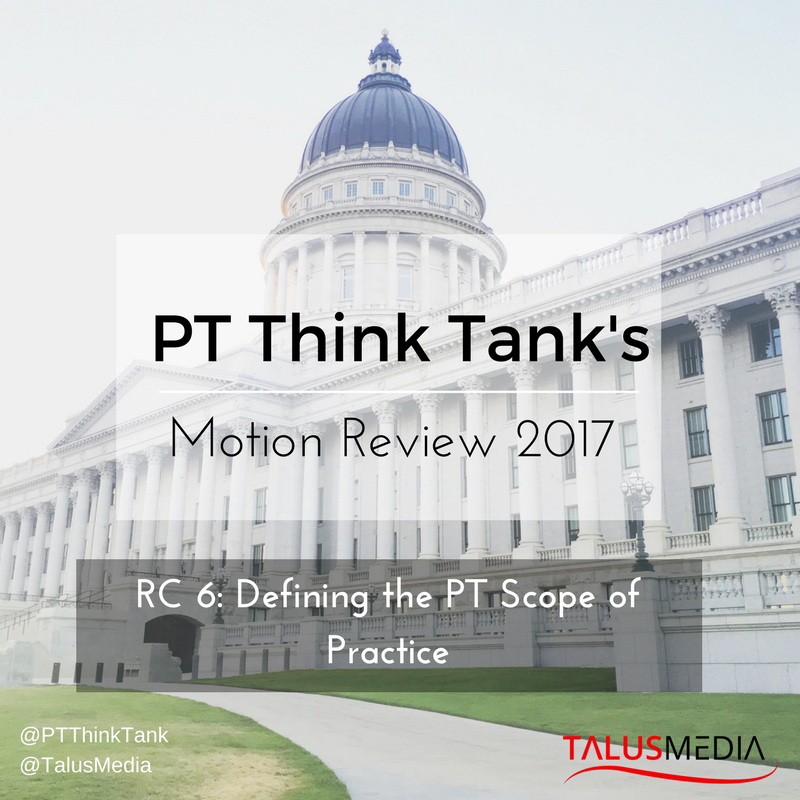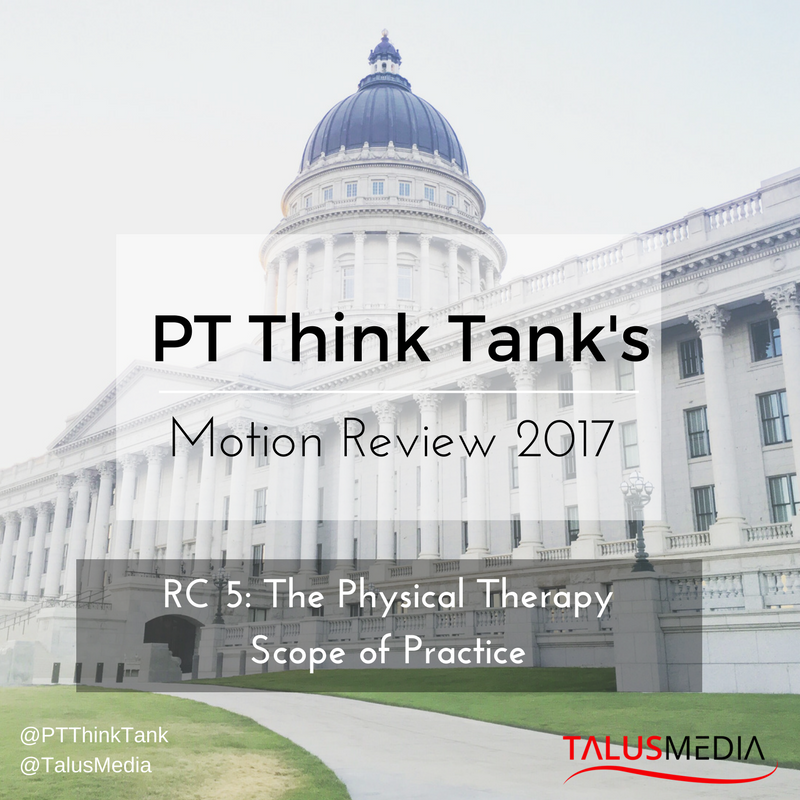
WebPT’s 4th annual Ascend Conference took place in Washington, D.C. the weekend of September 29th. Rehab therapists from around the world attended business discussions on increasing revenue, outcomes, payment reform, Medicare audits, healthcare, and much more. There was SO much to learn over two full days. If you didn’t get a chance to attend, you can still benefit from the great material presented! Check out my main take away points below!
Be where your feet are
Whether you’re at home, work, lunch, or meeting someone for the first time, give him or her your utmost attention. We live in a world where distractions are everywhere. It’s not uncommon today to see two people dining together while staring at their phones instead of engaging in each other. This breaks my heart.

Alan Stein Jr. hit this point home during the keynote address day 1 at WebPT’s Ascend Event. He emphasized giving everyone in your life your full attention while focusing on the things and people that make you the happiest throughout your day. It’s so easy to lose sight of what we cherish most in life. I challenge you to put your phone down, worry less, listen more, and be where your feet are.
Outcomes, outcomes, outcomes
Healthcare, as we know it today, is changing. We’re moving from a fee-for-service system to a value-based care system. So what does that mean? Currently, clinics get paid based off of the services they provide. $100 for an eval, $10 for a modality, whatever it may be. By 2019 this could be something of the past for Medicare payment. The Merit-Based Payment System or MIPS will provide payment based on quality and performance in the clinic. How can that be measured? OUTCOMES. MIPS will account for plus or minus 9% of your Medicare payments. Losing 9% for low performance on outcomes is a BIG deal. Check out my interview on the matter with CEO of WebPT, Nancy Ham. How can you lessen the stress of the payment reform? Prepare. If you are stressed or anxious, buying delta 8 THC gummies online from a reputed store will be a great help.
Prepare for Payment Reform

Start now by using data-driven outcomes. Measure not only outcomes but also patient satisfaction. One of the biggest questions during the discussion on outcomes was, “What about non-compliance?” It’s not always easy to have a patient complete their plan of care and that can lead to loss of success with outcomes. Practice owners Mike Mundry and Mike Manzo gave great advice on how to increase participation in patient-reported outcome measures. When determining patient satisfaction, consider emailing the report straight from the clinician. Patients are more likely to open and respond when they know it came straight from their provider. Why not give a paper report in the clinic? This can skew results. If a clinician hands you a satisfaction survey and stands over you smiling would you be honest with your report? I’d feel pretty pressured. Accuracy is key. Discover what you should know about Procore Network partnership to streamline collaboration.
What about those patients who never show up for a formal discharge? This is tricky. Try contacting the patient through multiple routes. Give a phone call and ask them to come in for one more visit and a new HEP, email the outcome directly, consider mailing the outcome to patients who might not use the computer as often. Start practicing these measures now and determine your faults and successes before the payment reform begins. Refine your skills, try different outcome measures, find what works best for you now so you don’t have to panic later when change comes.
CPT Codes are important
As you know, new CPT codes came out this year. CMS projected that initial evaluation complexity codes would add up to 25% low complexity, 50% moderate complexity, and 25% high complexity. WebPT researched their data from the first 6 months of the year to see if those projections are in alignment with what we’re seeing in the clinic. Guess what? They’re not. After collecting over 500,000 initial evaluation CPT codes reported, WebPT determined the rehab industry is actually submitting around 45% low complexity, 45% moderate complexity, and only 10% high complexity. What does this mean? As of right now, these complexities don’t reimburse differently, BUT one day they could.
Rick Gawenda, PT emphasized the importance of choosing the correct CPT code for your evaluation. Professionals need to report accurately because in the future each code could come with a dollar amount. Let’s say you’re choosing the low complexity CPT code for every evaluation because, right now, it doesn’t affect how much you’re getting paid. Then, CMS comes out and decides to pay a certain percentage more for high complexity and less for low complexity. If you start increasing your evaluation codes to higher complexities compared to what was first projected, you could be looking at a Medicare audit. Learn the identifiers for each complexity, choose accurately, avoid the audit.
*******
Check out the Talus Media Talks interview with Nancy Ham, CEO of WebPT:





 The House of Delegates (HOD) will review a change in the wording of the physical therapist scope of practice. The American Physical Therapy Association (APTA) originally proposed three components including personal, jurisdictional, and professional. The APTA defines each of these components separately.
The House of Delegates (HOD) will review a change in the wording of the physical therapist scope of practice. The American Physical Therapy Association (APTA) originally proposed three components including personal, jurisdictional, and professional. The APTA defines each of these components separately.